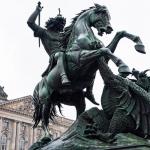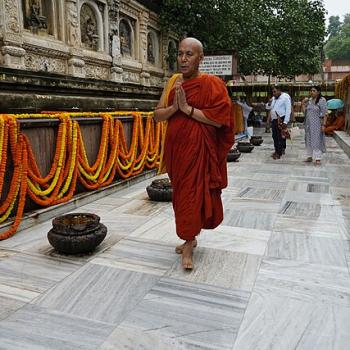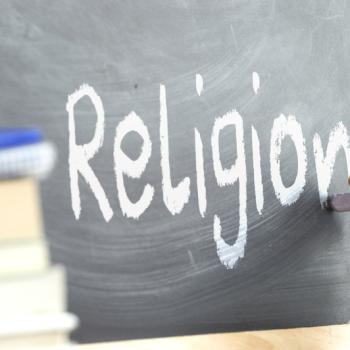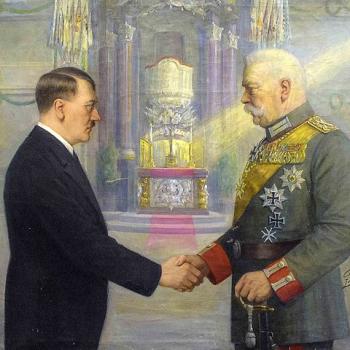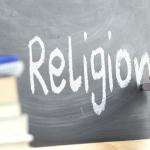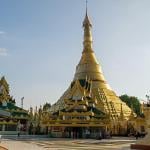King Charles’s coronation on May 6 will be a really fancy Anglican Church service, and it will be held in a seriously historic church. According to the Abbey website, there have been 38 coronations in Westminster Abbey, and 39 monarchs crowned. The difference in number came about because William III and Mary II reigned jointly and were crowned together in 1689. King Charles III will be the 40th monarch crowned at Westminster.
Most sources say the first royal coronation in Westminster Abbey was that of William the Conqueror, held on Christmas Day in the year 1066. The coronation of William the Conqueror did not go well. When the newly crowned King William I was presented to the congregation, the people shouted their approval. But when the soldiers outside heard the shouts they assumed their king was in danger. In some 11th century tactical move I don’t pretend to understand, the soldiers then set fire to nearby buildings. And this started a real riot. (See Meilan Solly, A Not-So-Brief History of British Coronations, Smithsonian, May 2, 2023.)
However, some sources claim that King Harold II, the last Anglo-Saxon king of England, was really the first monarch crowned in Westminster Abbey, in January 1066. I take it Harold II doesn’t get credit for being first because the documentation was lost. Harold II was killed by William the Conqueror’s troops, and possibly William himself, at the Battle of Hastings on September 12, 1066.
About Westminster Abbey
Westminster Abbey — officially the Collegiate Church of Saint Peter at Westminster — was not always a grand place. It’s recorded that by about 785 CE there was a small community of Christian monks on an island in the River Thames, and this community was called “west minster,” or west monastery. This monastery was enlarged by Saint Dunstan of Canterbury in about the year 960.
King Edward the Confessor, the predecessor and brother-in-law of Harold II, built a grander abbey on the spot between 1042 and 1052. This church was consecrated in late December 1065, just a week before Edward the Confessor died in January 1066. He was the first of about 3,300 people to be buried in Westminster Abbey. The only extant image of the abbey from Edward’s time is stitched into the Bayeux Tapestry.
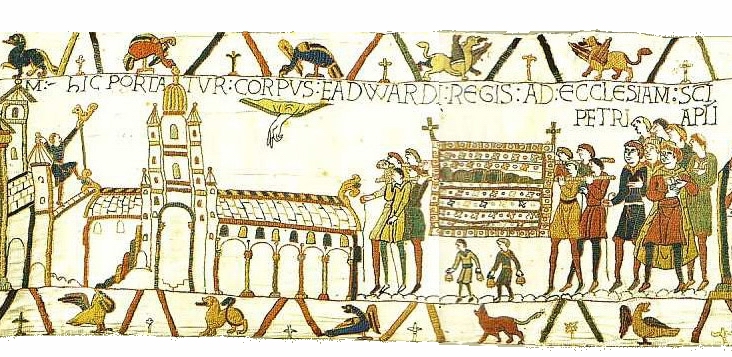
In 1245 King Henry III demolished most of King Edward’s church and began building the abbey that stands today. Building of the nave, the splendid space in which great ceremonies take place, began in 1376 and was completed in 1517. Other bits of the building were constructed or remodeled as recently as the 19th century. However, the current structure retains at least one bit of Edward the Confessor’s church — a nearly thousand-year-old wooden door,
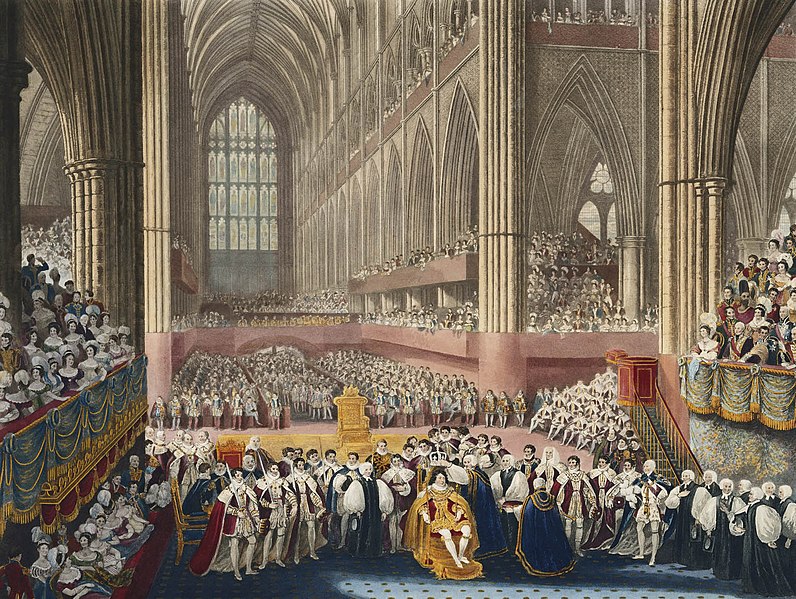
The Ceremony
In times past a coronation ceremony went on for several hours. The last coronation, that of Queen Elizabeth II in 1953, lasted nearly 3 hours. This was considered pared down. I’m seeing estimates that King Charles III’s coronation will take only about an hour. The main parts of the coronation ceremony are the recognition, the oath, the anointing, the investiture, and the homage.
In the recognition, the new monarch is presented to the people. In the oath, the monarch swears to govern justly.
Then comes the anointing, which is considered the most solemn and sacred part of the ceremony. Anointing goes back to medieval times when monarchs were considered to have been appointed by God. When the Archbishop of Canterbury touches the monarch’s head, heart, and hands with holy oil, this appointment is considered official. When Queen Elizabeth II’s coronation was broadcast live on television, that part of the ceremony was shielded from cameras by a golden canopy held by four Knights of the Garter. “When the golden pall was removed and the cameras rolled on the monarch once more, hey presto and hallelujah, Elizabeth had become associated with the divine,” said Mark Easton for the BBC.
The new monarch is anointed while sitting in the Coronation Chair. Then comes the investiture, which involves decorating the monarch with the symbols of office — Saint Edward’s Crown, the Orb, the Sceptor.
The Coronation Chair
The Coronation Chair was made by order of King Edward I to enclose the famous Stone of Scone, also called the Stone of Destiny, which he brought from Scotland to the Abbey in 1296. The Stone of Scone is a block of red sandstone that had been used at the coronations of monarchs of Scotland until Edward I made off with it. This created some hard feelings, so since 1996 the Stone has been kept in Edinburgh Castle. And now it’s been temporarily returned to Westminster Abbey for King Charles III’s coronation.
The Chair itself is oak and dates to about 1300. The Westminster Abbey website tells us that the back of the chair is carved with graffiti left by 18th and 19th century schoolboys. “P. Abbott slept in this chair 5-6 July 1800,” according to one inscription. The Chair actually looks a bit plain compared to everything else at Westminster Abbey. But there the newly anointed monarch sits, wearing Saint Edward’s Crown and holding the Orb and Scepter, while selected esteemed subjects come forward to pay homage.
At some point on Saturday the Queen Consort, Camilla, also will be anointed and crowned. And when all that business is done, there will be a procession back to Buckingham Palace, with the King and Queen riding in the 260-year-old golden coach of state.



